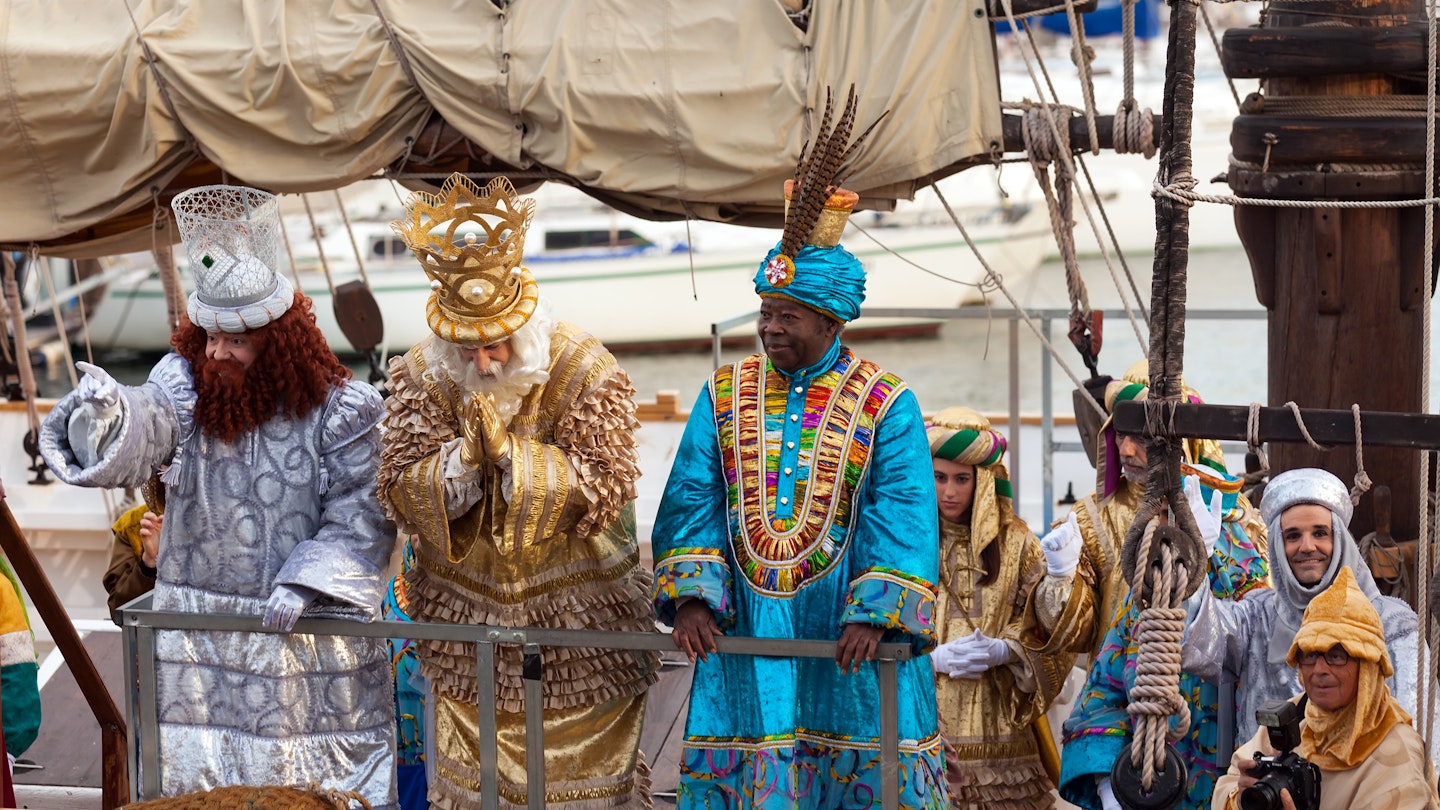Kings’ Day Celebration in Spain
The day of the Epiphany, occurring on 6 January, marks the arrival of the Three Kings or Wise Men in Bethlehem to present their gifts to baby Jesus. In Spain, this festivity is recognized as Kings’ Day or the Día de Los Reyes, celebrated akin to a second Christmas with feasting and gift-giving.

In Spain, the names of the kings are well known: Gaspar, Balthazar, and Melchor. Each child has a favorite as they are the ones who traditionally deliver presents to Spanish children instead of Santa Claus. In the lead-up to Kings’ Day, kids write letters to the kings, sharing their desired gifts. Special postboxes for these letters are set up in cities nationwide. On the night of 5 January, children place empty shoes, rather than stockings, out to be filled with gifts. This charming tradition remains strong, although many Spanish children also receive presents from Santa Claus on 25 December due to modern cultural influences.

What Happens on Kings’ Day?
On 6 January, the atmosphere closely resembles Christmas Day: many businesses close their doors, and families usually prefer to celebrate within the comfort of their homes, sharing meals and exchanging gifts. A traditional breakfast item is the Roscón de Reyes, a sweet bread filled with candied fruits, adorned with more fruits and sticky sugar, and topped with a gold paper crown. Hidden inside are a prize and a dry bean; the person who finds the prize wears the crown and reigns as king for the day, while the one who finds the bean is responsible for purchasing the next year’s cake.
The main meal of the day, typically enjoyed at lunch, may include seafood in coastal areas or roasted lamb and suckling pig in central and northern Spain. Additionally, some restaurants open their doors for Kings’ Day, offering a taste of traditional Spanish cuisine.

Where to Celebrate Kings’ Day in Spain
Visitors should particularly note that the evening of 5 January is the main event, as the Three Kings parade through towns and cities, igniting lively celebrations across the country. While Kings’ Day is recognized throughout Spain, some of the most impressive parades occur in major cities like Madrid and Barcelona. Other cities with noteworthy parades include Malaga, Granada, and Alcoy in Alicante, which boasts the oldest parade dating back to 1885.
In Barcelona, the royal procession arrives at the port by boat, while in other cities, the kings come on horseback. Notably, in San Sebastian, they even arrive at the beach via surfboards. Typically, each parade showcases themes that highlight each king’s homeland and respective gifts to Jesus. The kings’ modern representations are Melchor from Europe, Gaspar from Asia, and Balthazar from Africa. Balthazar’s entourage frequently includes elephants, lions, and exotic drumming.
The parades burst with colors, sounds, and exquisitely decorated floats and costumes. Along with each king’s grand entrance and their gifts of gold, frankincense, or myrrh, the festivities often include giant toys, participants tossing sweets into crowds, and others distributing coal to those who have misbehaved.
After the parades, families return home, continuing the tradition as children place their shoes out, awaiting the arrival of the Three Kings during the night.




